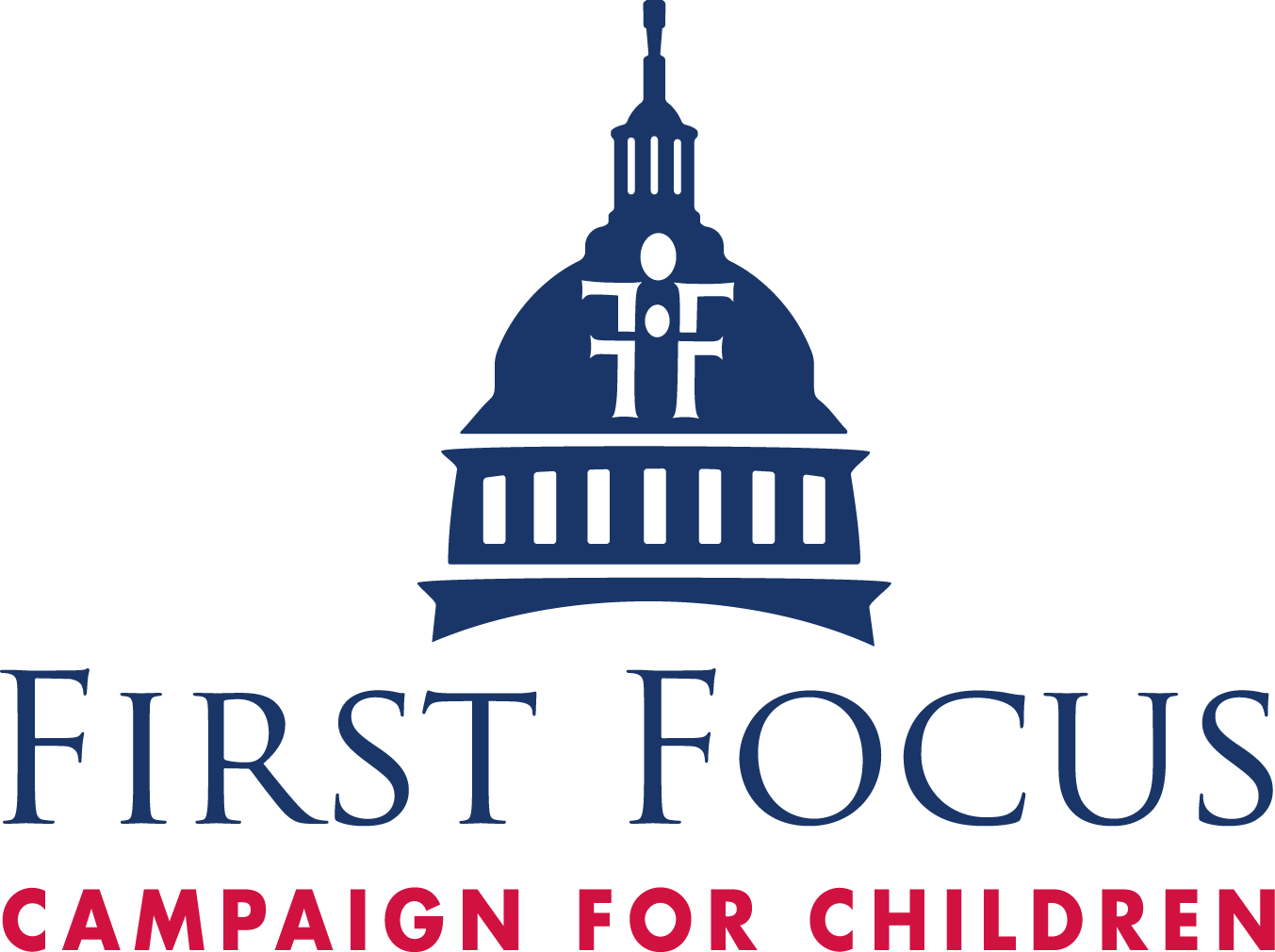Last week I had the opportunity to sit down with 4 working moms from West Virginia to talk about the new Child Tax Credit (CTC), and the impact it would have on their families.
The moms had different answers for how they plan to use the new monthly direct CTC payments, but they all agreed on the feeling the CTC gave them and their families. In one word, it’s a feeling of relief.
A relief that unless you have lived in a household that lives paycheck-to-paycheck, you may not understand. These moms all work full time, some are even working more than one job, and yet sometimes their family still has difficulty making it to the end of the month.
Poverty is not a parenting failure—it’s a policy failure. As Amy Jo, a mom and advocate on the call, reminded us, “God didn’t create poverty. Poverty is man-made.” Yet, our country would prefer to view childhood poverty as a character flaw or bad parenting choices instead of addressing the source of the problem.
Child poverty is persistently high in the United States—children have a 54% higher chance of living in poverty than adults do. It’s also the underlying cause for so many other issues that children face. Poverty impacts children’s health, housing, education, and so much more.
The improved Child Tax Credit is an opportunity to right this wrong. The CTC won’t solve all of the issues listed above, but it will go a long way in the daily lives of families.
The expanded Child Tax Credit impacts over 90% of families in the United States. The provisions in the American Rescue Plan expand the value of the credit from $2000 to $3,600 for children under 6 and $3,000 for children through age 17. It also allows for the credit to be paid out in monthly installments instead of one-time during tax season. Finally, for the first time, this credit will be fully refundable, meaning the families who will benefit the most from this credit will be able to receive the full amount.
Opponents to the CTC are pushing two false messages around the expansion. 1) The money will be misused and not benefit children and 2) CTC payments will encourage people not to work.
The moms I spoke with shared how they intend to use the money from their increased credit, and it’s very clear that the CTC won’t be used as ‘fun money.’
The number one answer? Groceries.
Beyond groceries, daycare, new clothes, household bills, and back-to-school supplies were all mentioned.
Additionally, First Focus’ Senior Vice President of Budget and Tax, Michelle Dallafior, would point out that this monitoring of how people choose to spend their tax return is something that we don’t discuss for higher tax brackets, so why is there this expectation for lower-income families to have to justify how they spend their Child Tax Credit?
To the second point about the tax credit encouraging people not to work, I was met with a uniform eye roll and sigh from all of the moms, before I could even get the words out. This is an argument that people living in poverty have heard time and time again. It is also not true.
This narrative shows our large misunderstanding of what poverty is.
As one of the moms, Stormy, put it “I’m looking forward to something like this. It doesn’t mean that I don’t want to work. It just means that it’s going to help me get by a little bit.”
The Child Tax Credit presents an opportunity to create real change for children and families. Along with other elements of the American Rescue Plan, the CTC has the ability to cut child poverty nearly in half this year. The question now is, will we continue this progress?
The American Rescue Plan only expands the CTC for the 2021 tax year. If Congress doesn’t support making the CTC expansion permanent, and commit to continuing to cut child poverty, we are at risk of losing any improvements made for children and families this year. Be a part of the change and commit to ending child poverty. Sign the First Focus Campaign for Children letter calling for CTC permanency below: https://action.campaignforchildren.org/CTC

